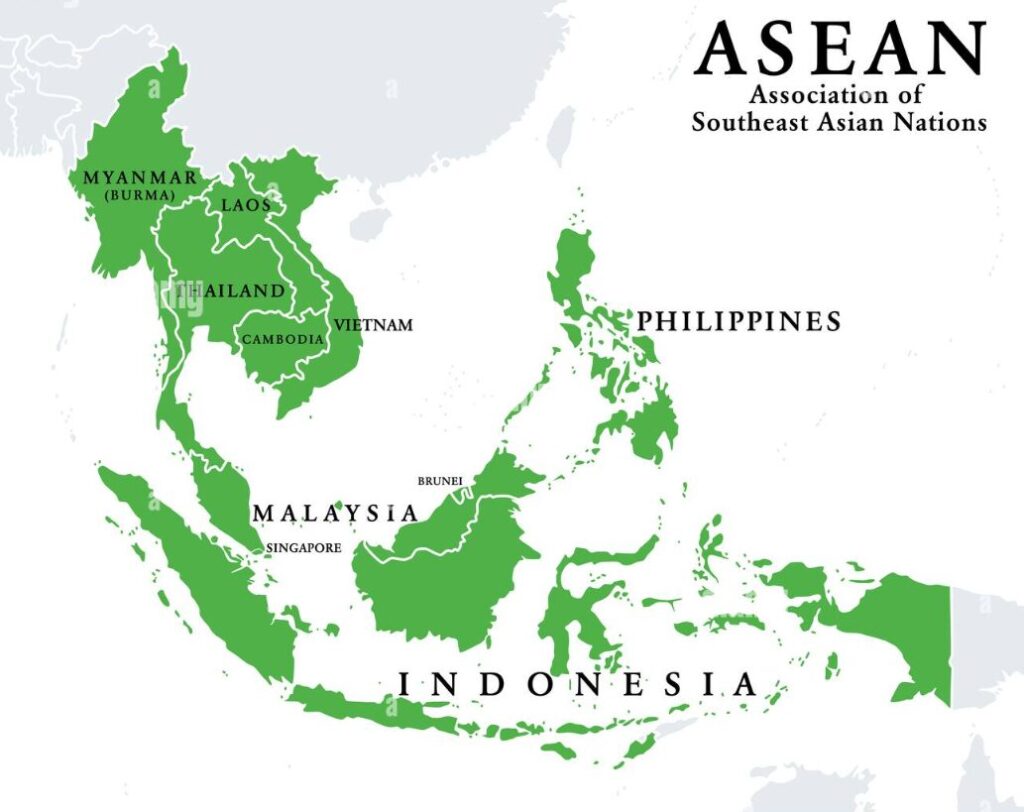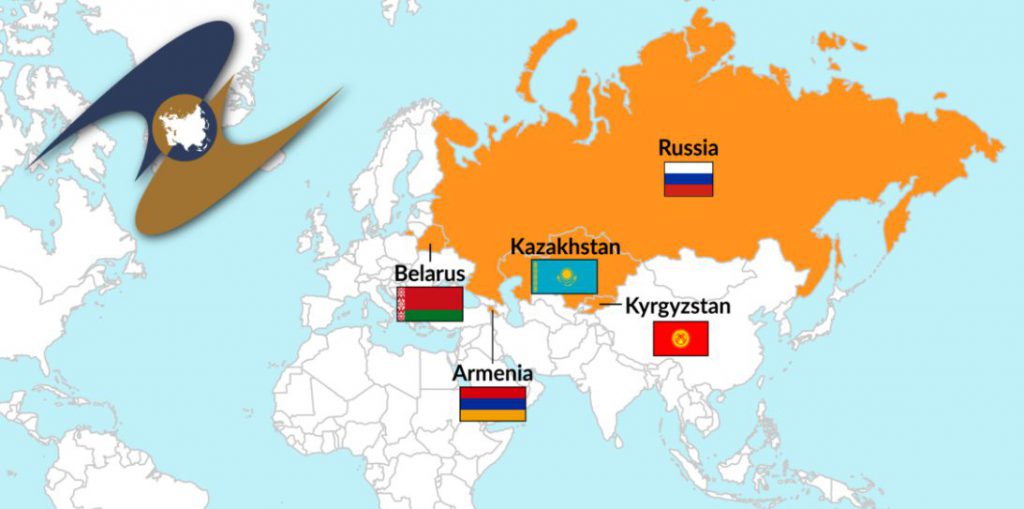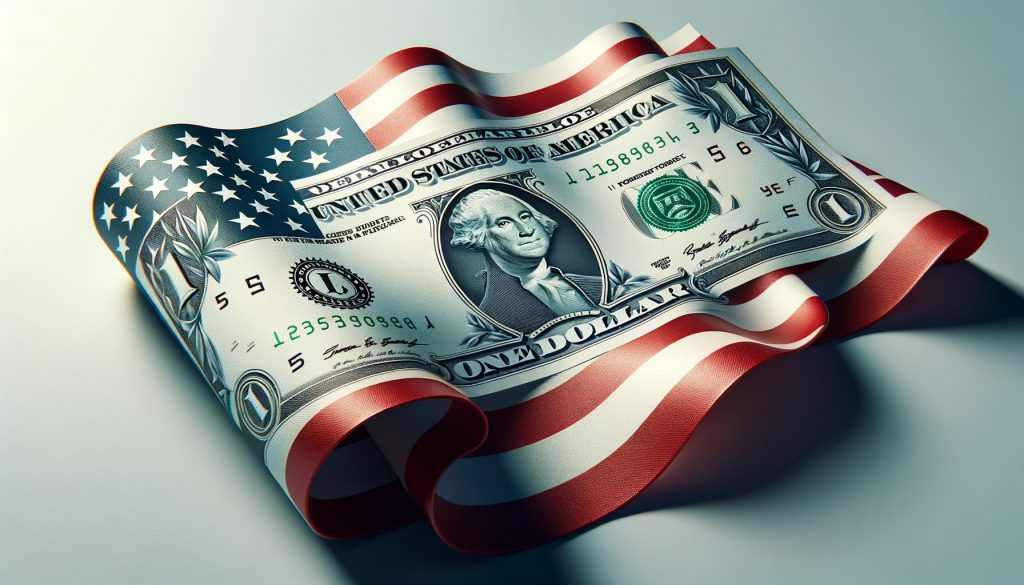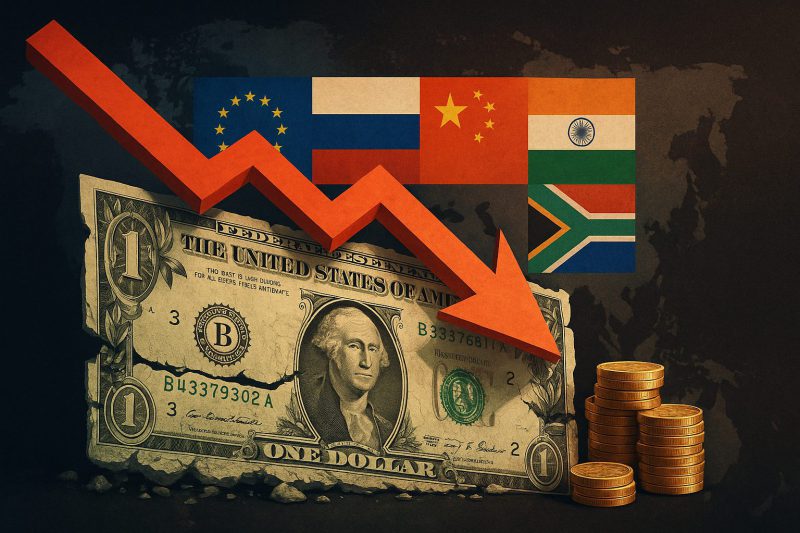Global alliances pushing de-dollarization are accelerating their departure from American monetary hegemony, and at the time of writing, nine major economic blocs are actively reducing their reliance on the greenback. This unprecedented shift represents the most serious challenge to US financial dominance since World War II. Major partnerships pursuing BRICS de-dollarization initiatives, combined with currency blocs emerging across Asia, Africa, Europe, and Latin America, signal a fundamental restructuring using US dollar alternatives and local currency settlements.
Also Read: De-dollarization: SCO Nations Shift 92% of Trade Away from US Dollar
How Major Alliances Are Replacing the US Dollar in 2025


BRICS+ Coalition Spearheads Movement
Brazil, Russia, India, China, South Africa, Iran, Egypt, Ethiopia, and the UAE, now part of the broader BRICS+ group, have joined in taking action against the influence of the dollar. Here, Iran’s central bank governor, Mohammad Reza Farzin said:
“We (BRICS members Iran and Russia) have entered into a currency agreement with Russia and fully removed the US dollar. Now we only trade in rubles and rials.”
Almost half of all global transactions now take place in yuan, reflecting the choice to use US dollar substitutes.
ASEAN and Shanghai Cooperation Organization


To avoid using dollars to transfer funds, the Association of Southeast Asian Nations has provided the Local Currency Settlement Framework. Ding Shuang, Standard Chartered Bank’s Greater China chief economist, said:
“Yuan’s inclusion in the CMIM system reflects growing acceptance of the currency on the global stage and marks a step forward in its internationalisation.”
Moreover, Timor-Leste is ready to become ASEAN’s 11th member later this year in October 2025, as the organization unveiled during the 46th ASEAN Summit in Kuala Lumpur, Malaysia, on 26 May 2025.
Member countries of the Shanghai Cooperation Organization are also building stronger financial ties using local money and including more gold in their reserves to cut ties with the US dollar.
Gulf Cooperation Council and African Union
Gulf Cooperation Council nations are negotiating payments for oil in currencies other than the US dollar. Many of the agreements proposed by the African Union encourage trade in local currencies. Ghana’s Vice President Mahamudu Bawumia said:
“The barter of gold for oil represents a major structural change.”
Tanzania officially banned foreign currency usage for domestic transactions, while multiple African nations are pursuing economic partnerships that advance de-dollarization goals.
Also Read: American Hegemony To End Sooner Than Expected, Reich Warns
Eurasian Economic Union and CIS Nations


The Commonwealth of Independent States has achieved remarkable success, with member nations conducting 85% of cross-border transactions using local currency settlements. Russian President Vladimir Putin stated:
“The use of national currencies is widening in mutual payments. Their share in commercial operations among CIS participants has already been above 85%.”
The Eurasian Economic Union is aggressively pursuing initiatives involving de-dollarization through global alliances.
European Union and Latin American Initiatives
The European Union is seeking to bolster the international role of the euro, aiming to reduce reliance on the US dollar. Rabobank’s head of FX Strategy Jane Foley observed:
“Trump’s trade and foreign policies have forced Europe on a path towards reduced reliance on the US and this is likely to imply a desire for reduced reliance on the dollar.”
Latin American Integration Initiatives involving countries like Brazil and Argentina are collaborating on initiatives to reduce dollar dependence using BRICS de-dollarization approaches.
Market Response and US Threats


Financial analysts warn that continued efforts by these economic partnerships pursuing de-dollarization could trigger significant disruptions. Goldman Sachs analyst Jan Hatzius stated:
“I believe that the recent dollar depreciation of 5% on a broad trade-weighted basis has considerably further to go.”
President Donald Trump declared:
“Many countries are leaving the dollar. They not going to leave the dollar with me. I’ll say, you leave the dollar, you’re not doing business with the United States because we’re going to put 100% tariff on your goods.”
S&P Chief Economist Paul Gruenwald assessed:
“The US (dollar) will continue to be a leading world currency, (but) it will no longer be the dominant world currency.”
Also Read: De-Dollarization: Full List of Countries Dropping the US Dollar & Key Reasons
The momentum behind currency blocs emerging in 2025 suggests this transformation will accelerate, fundamentally altering the global monetary system.





